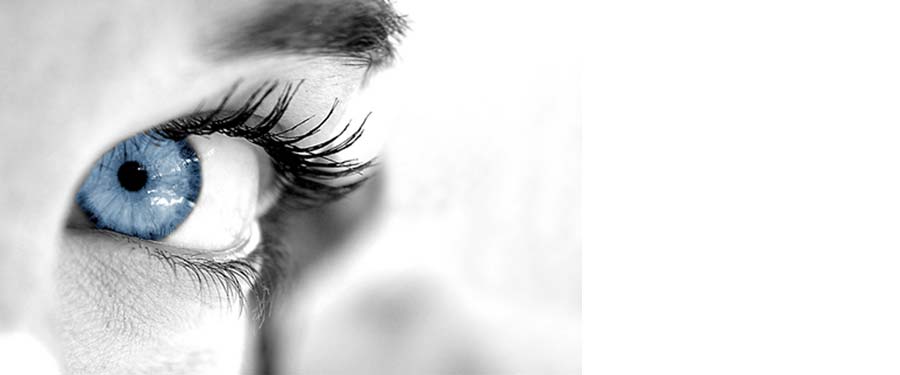Laser Assisted Cataract Surgery Frequently Asked Questions
- What is laser assisted cataract surgery?
- I thought lasers were already used in removing cataracts?
- What is a cataract?
- How can I tell if I have a cataract?
- If I have a cataract, what are my options?
- How is cataract surgery done now?
- What kind of laser is used?
- What other technology is involved?
- So what are the benefits of laser assisted cataract surgery?
- How does the laser dissolve the cataract?
- How do I know if I need laser cataract surgery?
What is laser assisted cataract surgery?
Laser assisted cataract surgery is a new and revolutionary technique to more safely, precisely, and accurately remove a cataract approved by the FDA.
I thought lasers were already used in removing cataracts?
Up until recently that has not been the case. Conventional cataract surgery uses hand held instruments, small sharp blades, needles and ultrasound probes to remove cataracts.
Our eyes have lenses to help focus light upon the back of the eye which sends the image to the brain for processing and comprehension.
A cataract occurs when the lens becomes cloudy, opaque, or discolored causing a blurring of the image. The most common cause is simply the process of aging where changes in the protein of the lens resulting in opacity. Diabetes, inflammation, genetic tendency and use of some medications may cause cataracts at an earlier age.
Back To TopHow can I tell if I have a cataract?
Increasingly blurred vision, a halo around lights, especially while driving at night, difficulty seeing TV images or text, are all very common complaints that can be the signs of cataract formation. If a change in glasses does not improve your vision, then cataracts may be causing your problem. It’s important to have a professional eye exam to see the reasons for your decreased vision... apart from needing new glasses, cataracts are the most common cause of vision loss, but it is important to rule out glaucoma and retinal problems too.
Back To TopIf I have a cataract, what are my options?
Consultation with an eye surgeon will determine if the cataracts are serious enough to require surgery. Most patients who initially present to our office are told that their cataracts are not visually serious enough to require surgery and they will be monitored for a period of time. However if your symptoms are visually disabling, then cataract surgery may be the next step.
There is no medication or exercise effective in eliminating cataracts.
Back To TopHow is cataract surgery done now?
Should your cataract be serious enough, you will need outpatient surgery. A local anesthetic will provide mild and comfortable sedation. The cataract is removed and a new artificial lens is implanted where the old hazy cataract once was. This is called an intraocular lens implant, or implant. The implant is soft, shiny and clear and will have a customized power to enable you see your best with minimal correction of glasses. The process of removing the lens until recently involved a manual technique where the surgeon uses hand held instruments to make incisions into the eye. It has been and remains a very safe and successful technique, but with the recent advent of laser technology, this process can be greatly refined using highly sophisticated computers, software and optics.
Back To TopAn extremely advanced laser called a femtosecond laser has been refined over the last decade to deliver extraordinary precision and safety in eye surgery. It is a very quick laser. For example, each laser pulse is the duration that a light beam takes to travel through a film of Saran wrap. In contrast a laser with a pulse of one second will travel to the moon! The femto second laser speed allows precision that will disrupt tissue no larger than the size of a cell or 1/600ths of the size of the period at the end of this sentence. The laser is a ‘cold laser’ that does not burn tissue, only photo disrupts molecular bonds allowing very precise, geometrical and 3 dimensional incisions in the eye.
What other technology is involved?
The femto second laser is controlled by a computer and delivered though space age optics, initially pioneered in satellite and defense applications. A very detailed image of your eye is taken using a process called optical coherence technology. It is much like an optical CT scan that images very accurately the unique details of your eye. The OCT image guides the computer and optics to deliver the laser pulses rapidly on the surface inside the eye.
Back To TopSo what are the benefits of laser assisted cataract surgery?
Due to the accuracy and precision of the computer controlled laser multiple stages of cataract surgery are substantially improved. Current technology involves hand held stainless steel or diamond blades making incisions into the eye. The laser can produce much more refined smoother, stronger incisions. This makes the eye less likely to ‘leak’ post operatively and should reduce the potential of serious post-operative infections.
Astigmatism or an oval shaped cornea is common in many patients. Left untreated it can cause blurring and a need for glasses or contact lenses. Think of a football as having lots of astigmatism, while a basketball does not. A basketball will roll evenly and a football will not, analogous to the path of light entering your eye.
Astigmatism can be successfully treated much more accurately with the laser too. Within seconds, the laser produces exquisitely even relaxing incisions to help to smooth out astigmatism.
Internal incisions that open up the lining of the cataract are currently done with hand held forceps and a needle. The laser will create a much more symmetrical and reproducible circular incision. Scientific studies show it is a stronger and safer way of creating the circular opening.
Back To Top
How does the laser dissolve the cataract?
The laser will soften the cataract using very complex patterns. However the cataract still must be removed from the eye and this is where the skilled human surgeon is needed. An ultrasonic probe is introduced into the eye through the laser created openings and vacuums out the cataract that has been pre softened by the laser. The ultrasonic probe vibrates very rapidly and can produce turbulence with in the eye. This may cause swelling, but the laser dramatically reduces the amount of time the ultrasound has to work within the eye with less stress upon the eye. After the cataract is vacuumed out a the artificial lens is implanted and the surgery is complete.
Studies again show the laser assisted cataract surgery to be slightly safer and gentler to the eye than compared to traditional cataract surgery.
Back To TopHow do I know if I need laser cataract surgery?
The decision of what type of cataract surgery is best left to your surgeon since there many nuances to the choice. Have a careful dialogue as to the pros and cons of each technique.
The computerized, advance optic laser is an expensive high tech instrument and there is an additional out of pocket cost to be considered. However if you desire having the choice of the most advanced, precise, computer directed and surgeon controlled procedure allowing more gentle removal, safety and accuracy , you should give laser assisted cataract surgery strong consideration. You want to see your best!
Back To Top





